The three best biceps curl variations for building muscular arms, according to a celebrity trainer
Bored of your normal upper body routine? Try these variations of the fan-favorite biceps curl
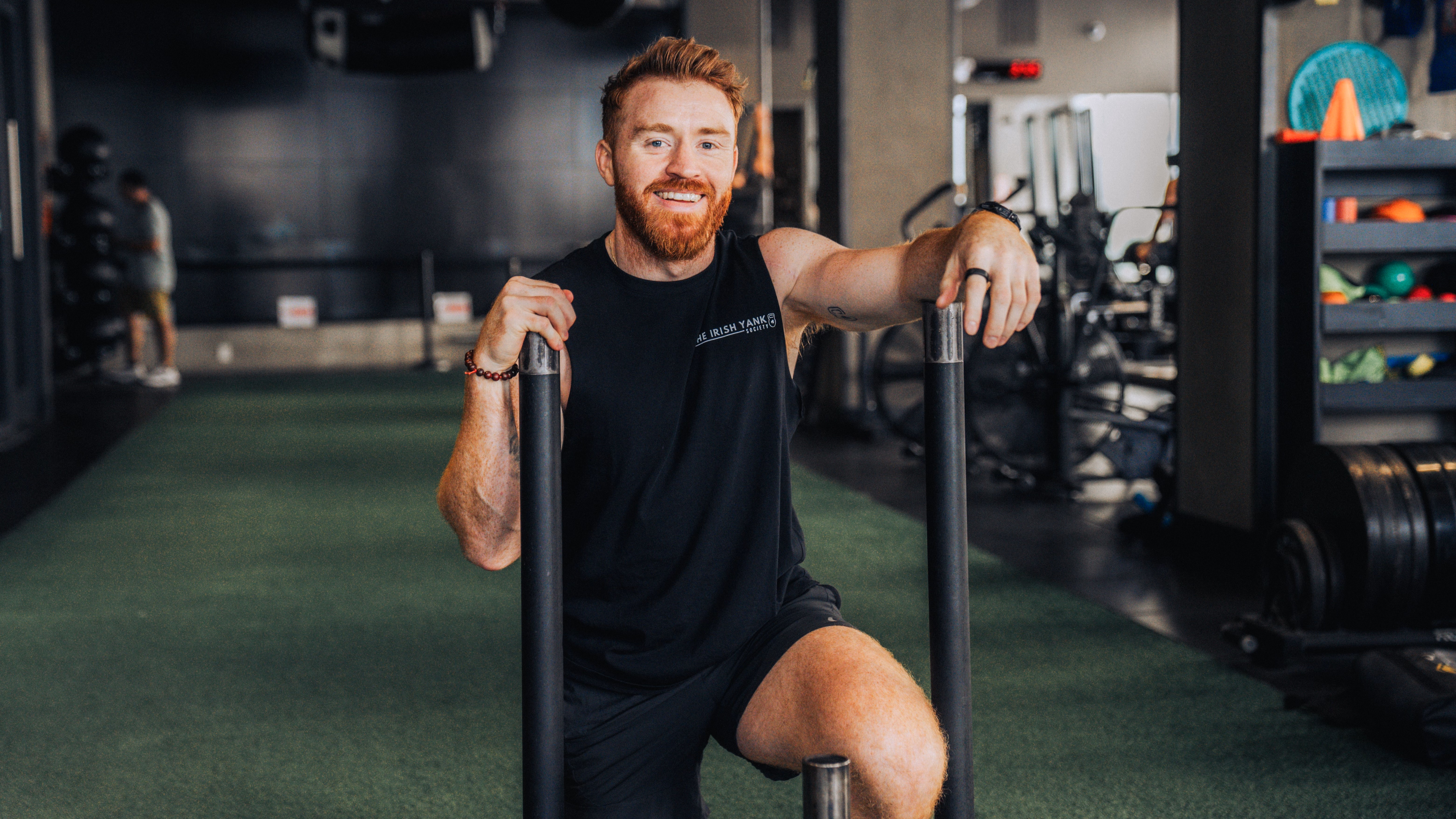

Arm workouts feeling a bit stagnant? Bored of doing the same upper-body moves every day? If so, these spicy biceps curl variations could bring some much-needed variety to your workout.
The moves come courtesy of fitness trainer Daniel McKenna, founder of The Irish Yank Society and creator of The Irish Yank Fitness App.
"Upper body strength is not only vital for good posture and creating a balanced physique, but it is also essential for functional activities, such as lifting, carrying, and pushing," McKenna tells Fit&Well.
To do the moves, you'll need some dumbbells to hand, as well as access to a cable machine and a bench. So unless you have a comprehensive home workout set-up, you'll probably want to tackle them at the gym.

Daniel is a NASM-certified personal trainer (CPT) based in New York City. Previously an Irish Gaelic football athlete, he has nearly a decade of experience as a CPT and was previously a tread and strength instructor at Peloton. He has trained with Ethan Hawke, Des Bishop and Josh Groban.
How to do Daniel McKenna's biceps curl variations
1. Seated Bicep Curls
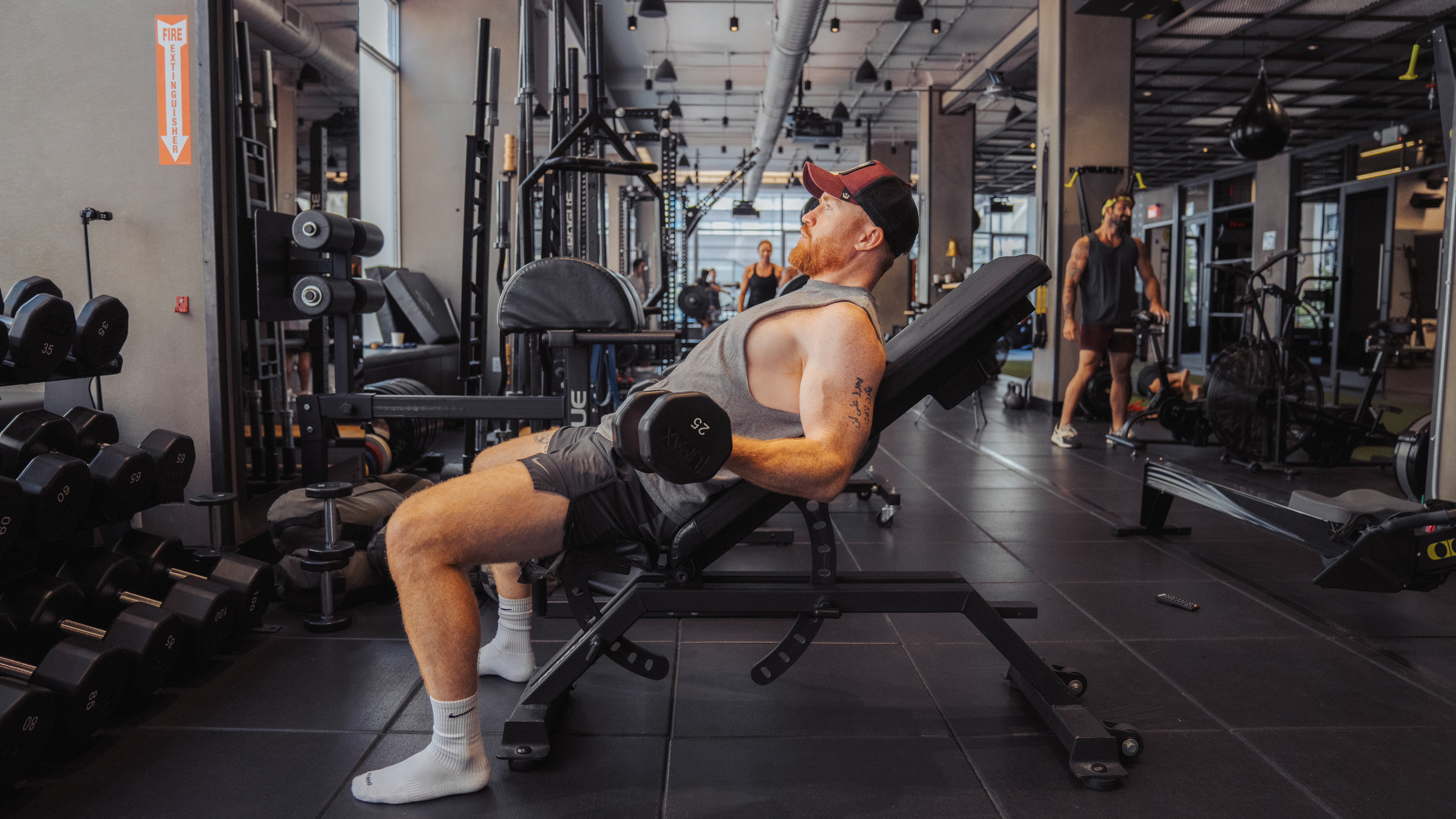
- Set a bench at a 45° incline. Lie on the bench so your back is flat against it. Hold a dumbbell in each hand with your arms hanging towards the floor. Keeping your elbows facing backwards, inhale then curl both dumbbells up towards your shoulders.
- At the top of the rep, when the dumbbells are up by your shoulders, squeeze your biceps for two seconds.
- Exhale and slowly lower the dumbbells back down to the starting position.
2. Standing Hammer Curls
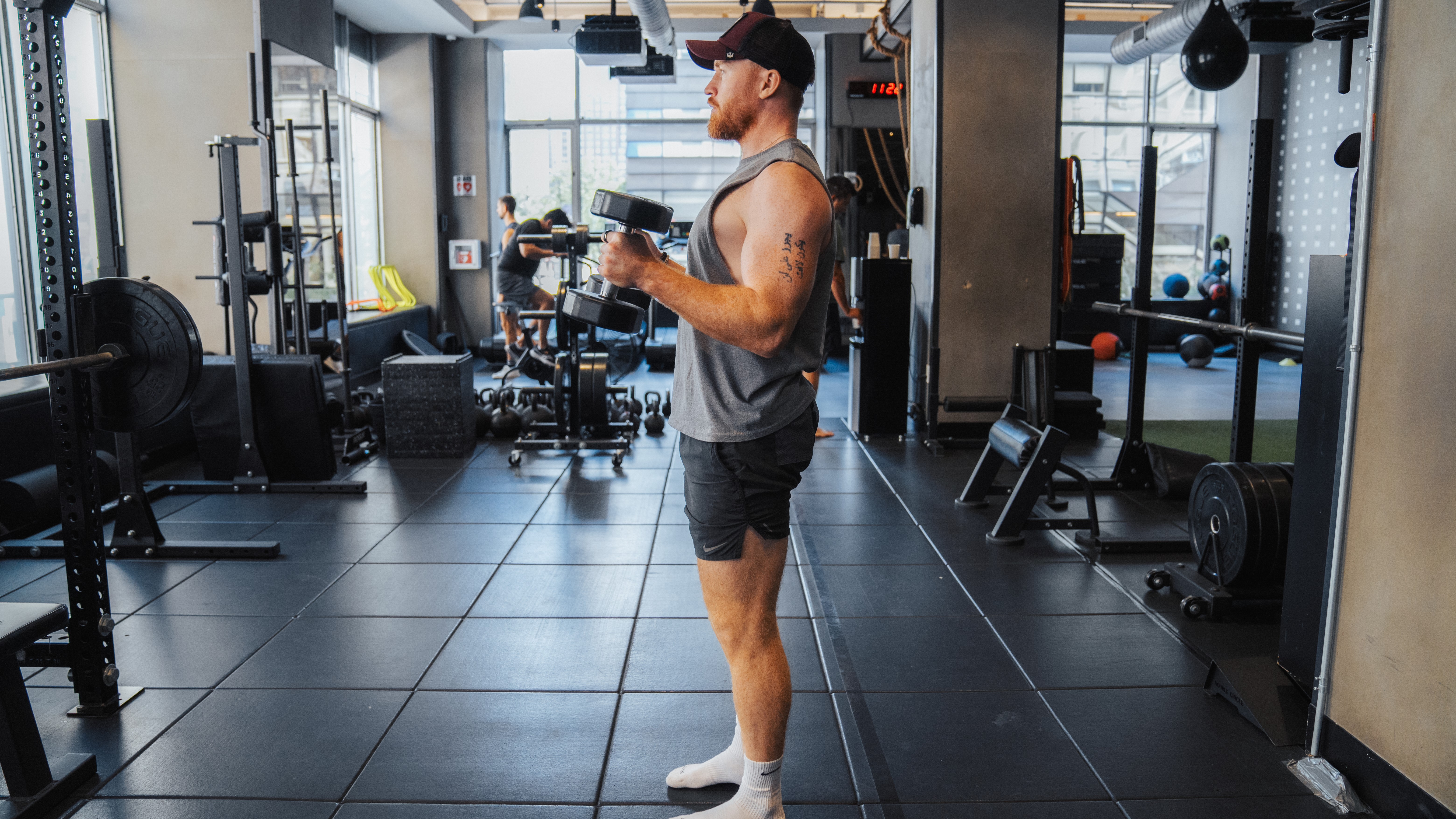
- Stand upright with a dumbbell in each hand and your arms down by your side. Your palms should be facing your body (this is called a neutral grip). Keeping your elbows pinned to your sides, curl both dumbbells towards your shoulders. Throughout this movement, keep your palms facing your body and your back straight.
- Squeeze the biceps at the top of the movement, then slowly lower the weight back to the starting position.
3. Cable Bicep Curls
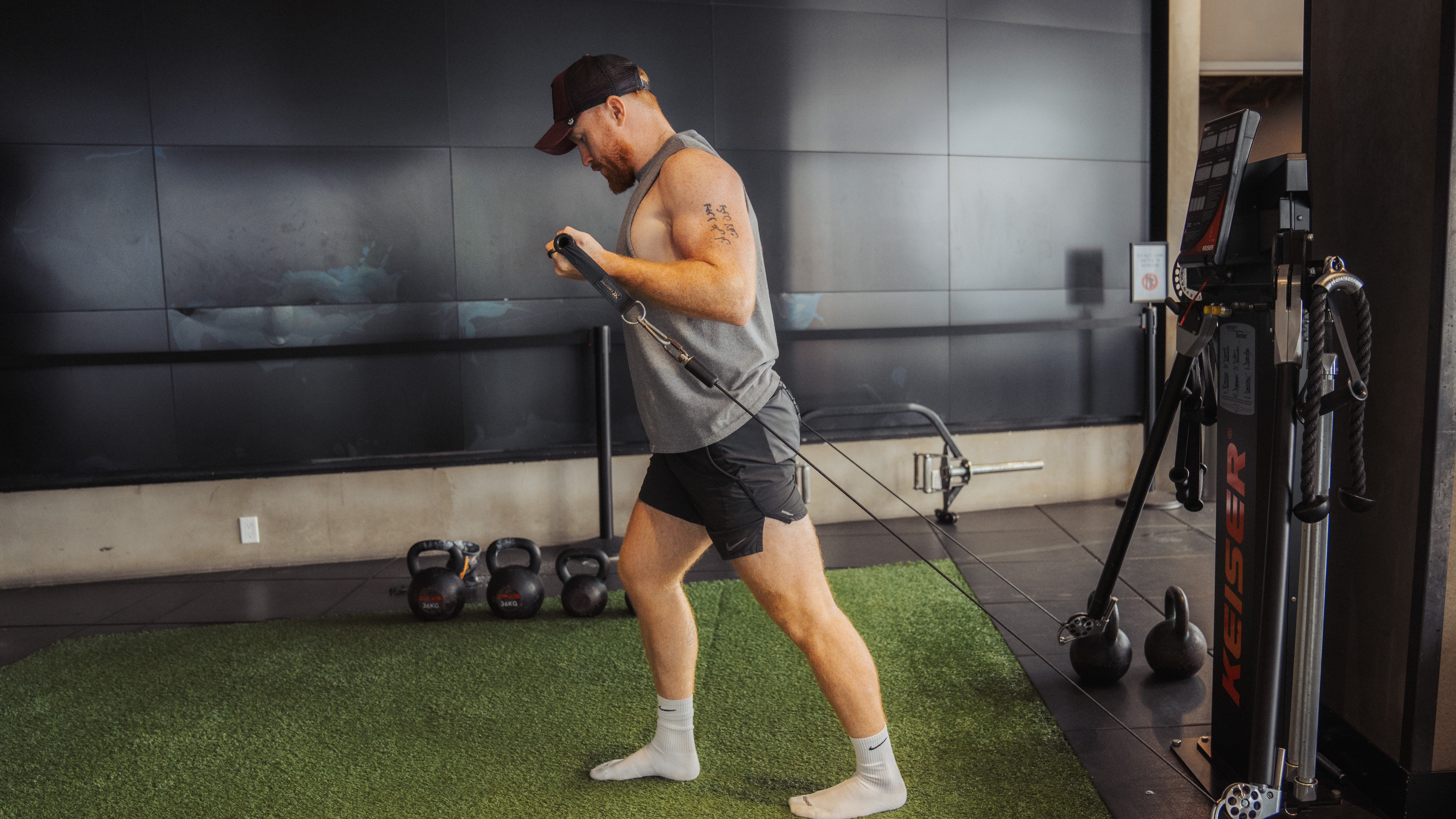
- Set both cable pulleys on the setting closest to the floor. Hold the right cable handle attachment in your right hand and the left cable handle attachment in your left hand. Stand between the two cable pulleys, then take a couple of steps forward to reach the position seen in the image above. Curl the cable handles towards your chest. Keep your upper arms as still as possible, trying to only move your forearms.
- When the cable handles reach your chest, hold the position for one second, then lower them back to the starting position. Don't let the cables go loose at the bottom of the rep to maintain constant tension through your biceps.
Benefits of these biceps variations
The biceps curl has been building strong muscular arms for aeons, so why stray too far from what we know works?
McKenna explains: "Each of these dumbbell exercises will engage your biceps, but have slightly different benefits, or engage slightly different muscle groups in addition to your biceps.
"Seated biceps curls activate the biceps brachii muscle and is a great movement to isolate the biceps muscles, meaning they are the primary muscles doing the work during the exercise.
Get the Fit&Well Newsletter
Start your week with achievable workout ideas, health tips and wellbeing advice in your inbox.
"Standing hammer curls primarily target the brachialis and brachioradialis muscles, which are located in the upper arm.
"Cable biceps curls activate the bicep brachii, brachialis and brachioradialis—all muscles that help flex [bend] the elbow. This movement also activates the anterior deltoid, trapezius and levator scapulae—stabilizing muscles in the shoulder and upper back."
And that's not all. According to McKenna, all three of these exercises will also help improve your wrist stability, increasing your grip strength.
After trying out these variations, it's likely you'll have sore biceps the next day. This is known as delayed onset muscle soreness (DOMS) and as much as it can hurt, it is totally normal.
The pain occurs after a strength training workout causes tiny tears in your muscle fibers. To help these repair, it's important to prioritize recovery. Give your biceps at least 24 hours away from lifting weights, allowing them time to repair and strengthen.

Lois Mackenzie is a Fitness Writer for Fit&Well and its sister site Coach, covering strength training workouts with weights, accessible ways to stay active at home, and training routines for runners. She joined the team from Newsquest Media Group, where she was a senior sports, trends, and lifestyle reporter. She is a dedicated runner, having just completed her first marathon, and an advocate for spending time outdoors, whether on a walk, taking a long run, or swimming in the sea.
Lois holds a Master's degree in Digital Journalism, and has written for Good Health, Wellbeing & The Great Outdoors, Metro.co.uk, and Newsquest Media Group, where her reporting was published in over 200 local newspapers.
-
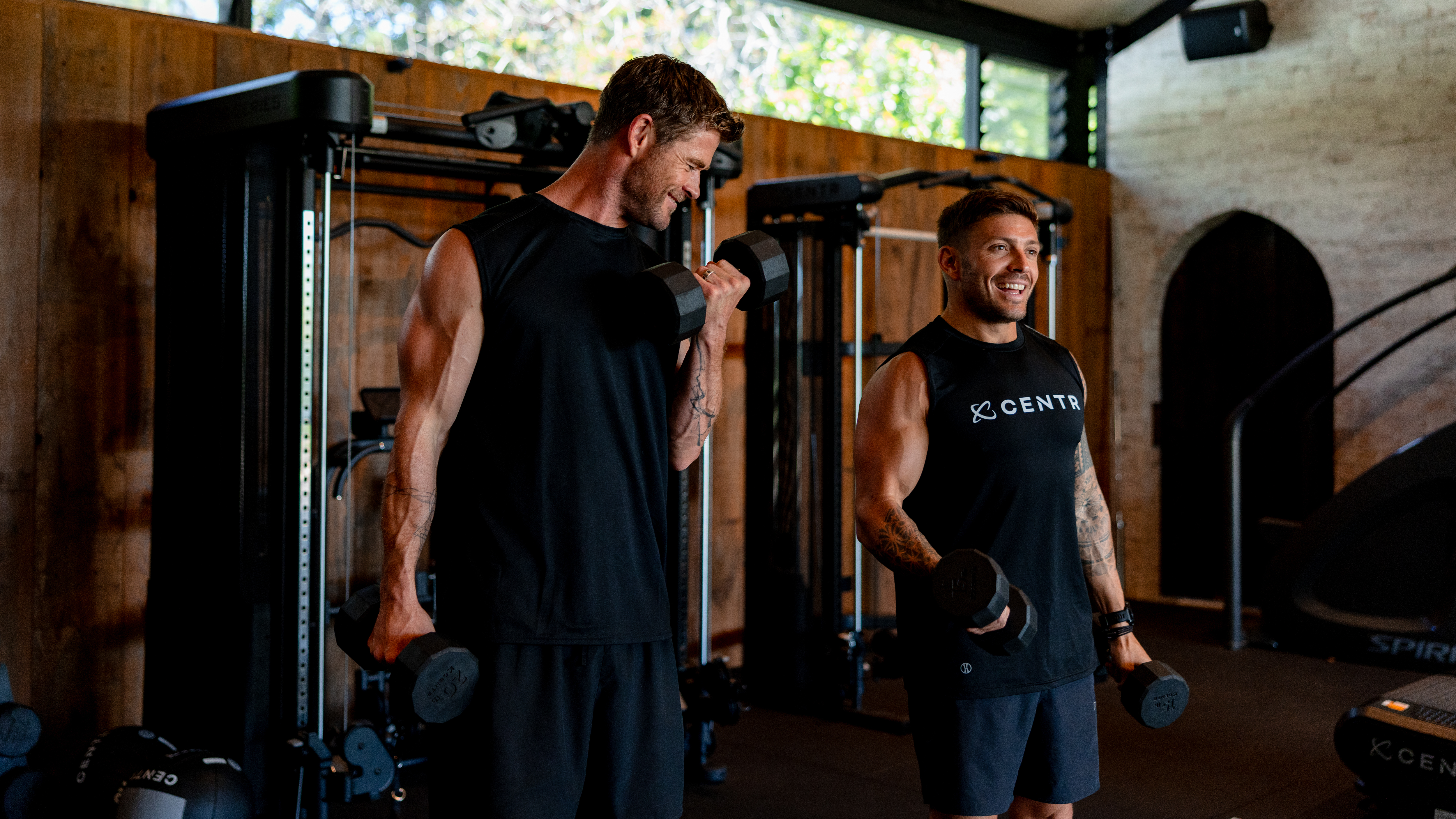 Build blockbuster arms and abs with Chris Hemsworth's go-to dumbbell circuit
Build blockbuster arms and abs with Chris Hemsworth's go-to dumbbell circuitAll you need are adjustable dumbbells and 20 minutes
By Sam Rider Published
-
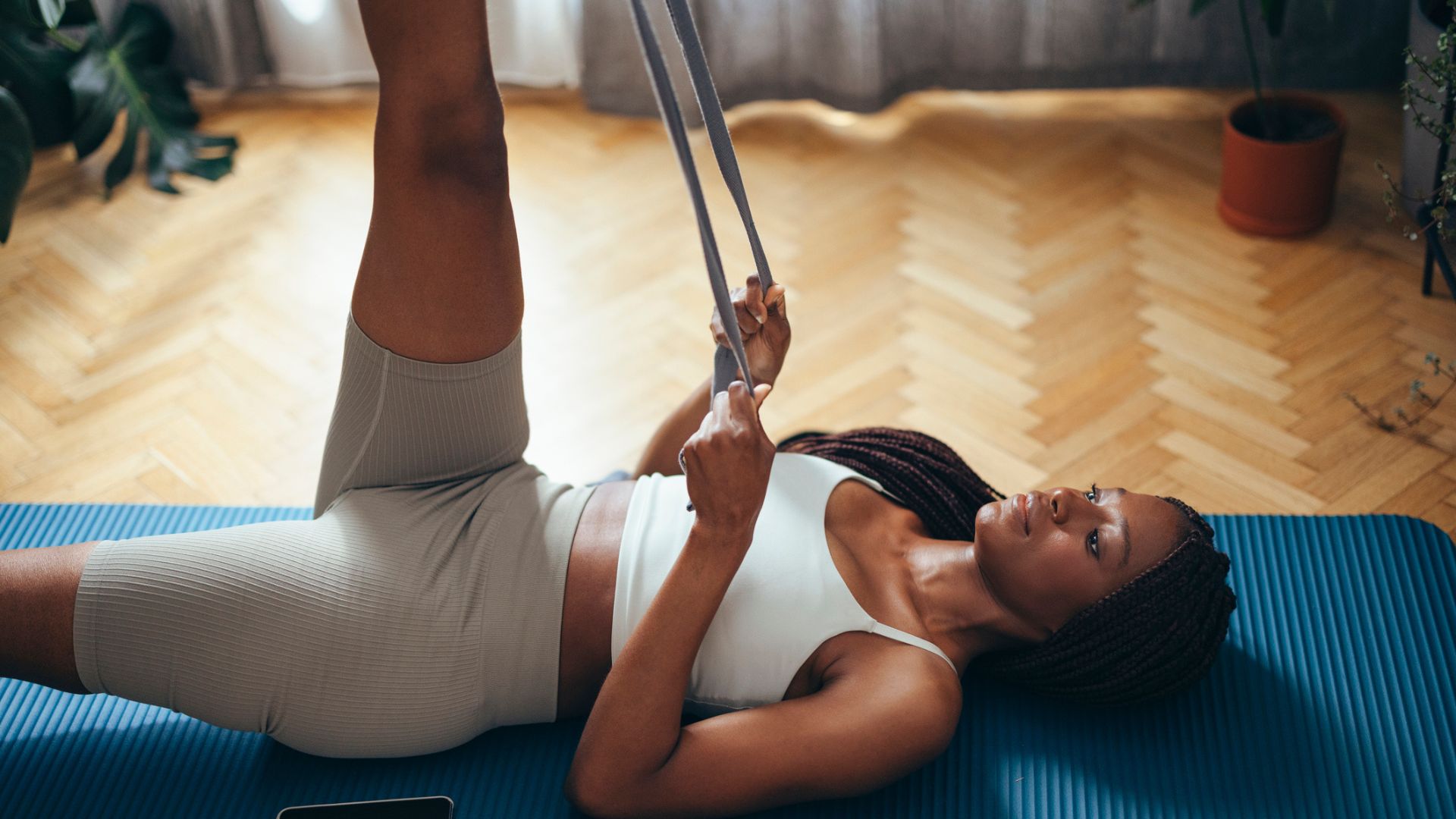 Forget crunches—if I wanted to improve core strength I'd do this neck-friendly Pilates workout
Forget crunches—if I wanted to improve core strength I'd do this neck-friendly Pilates workoutAnd it takes just five minutes
By Maddy Biddulph Published